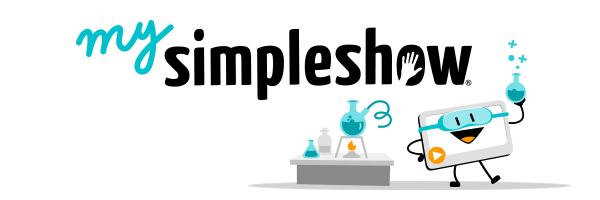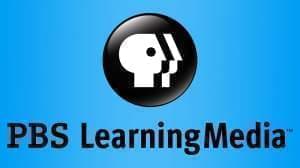Introducing Team Drives!
A new feature recently added by Google is the ability to now create a Team Drive within Google Plus. (not all domains will have this feature yet but it is coming in early 2017!)
What does Team Drive do?
Team Drive was designed to be used by large groups of people or clubs as an easy way to share information without cluttering up a person’s shared folder or google drive. The biggest issue with a common shared folder dealt with ownership of a file. If the owner of important documents leaves a school, their files will be removed if their account is deleted. This means any files or documents shared to others will automatically disappear. In Team Drive, all files created are automatically owned by the team members....not one person.
How does Team Drive work?
Once your Google Plus administrator sets up Team Drive for your domain, it will appear as an option in your Google Drive account. Creating a Team Drive is similar to creating a new folder or a new class in Google Classroom. The interface (or look) of Team Drive will be slightly different. It looks more like Google Classroom but looks to be really easy to navigate and use.
To Learn More: https://goo.gl/y48L11
A new feature recently added by Google is the ability to now create a Team Drive within Google Plus. (not all domains will have this feature yet but it is coming in early 2017!)
What does Team Drive do?
Team Drive was designed to be used by large groups of people or clubs as an easy way to share information without cluttering up a person’s shared folder or google drive. The biggest issue with a common shared folder dealt with ownership of a file. If the owner of important documents leaves a school, their files will be removed if their account is deleted. This means any files or documents shared to others will automatically disappear. In Team Drive, all files created are automatically owned by the team members....not one person.
How does Team Drive work?
Once your Google Plus administrator sets up Team Drive for your domain, it will appear as an option in your Google Drive account. Creating a Team Drive is similar to creating a new folder or a new class in Google Classroom. The interface (or look) of Team Drive will be slightly different. It looks more like Google Classroom but looks to be really easy to navigate and use.
To Learn More: https://goo.gl/y48L11










